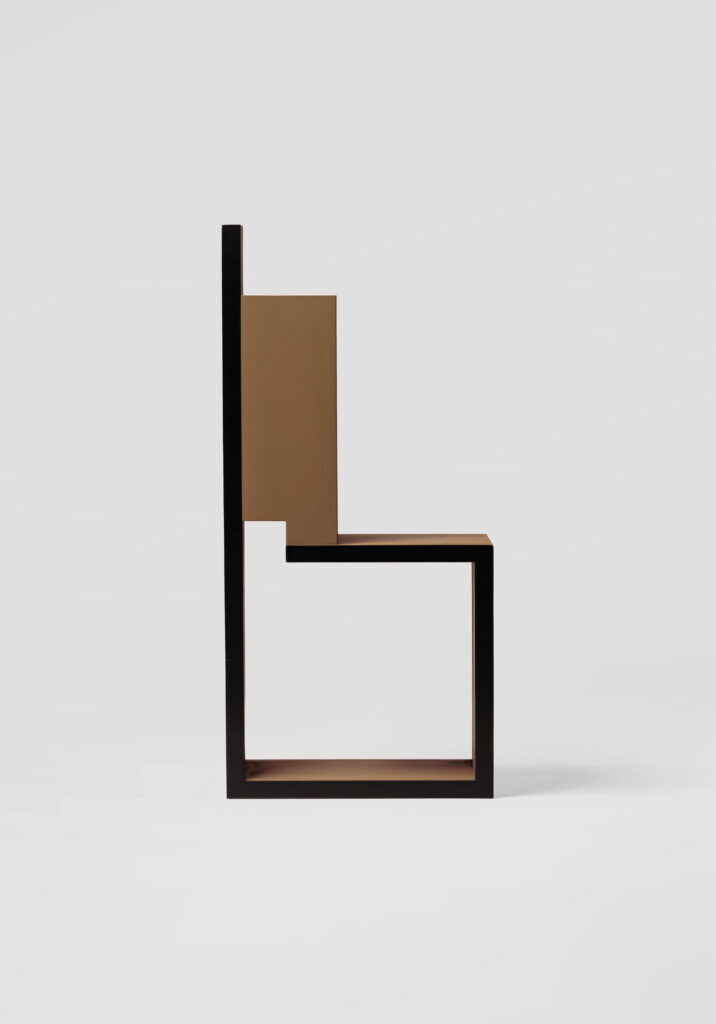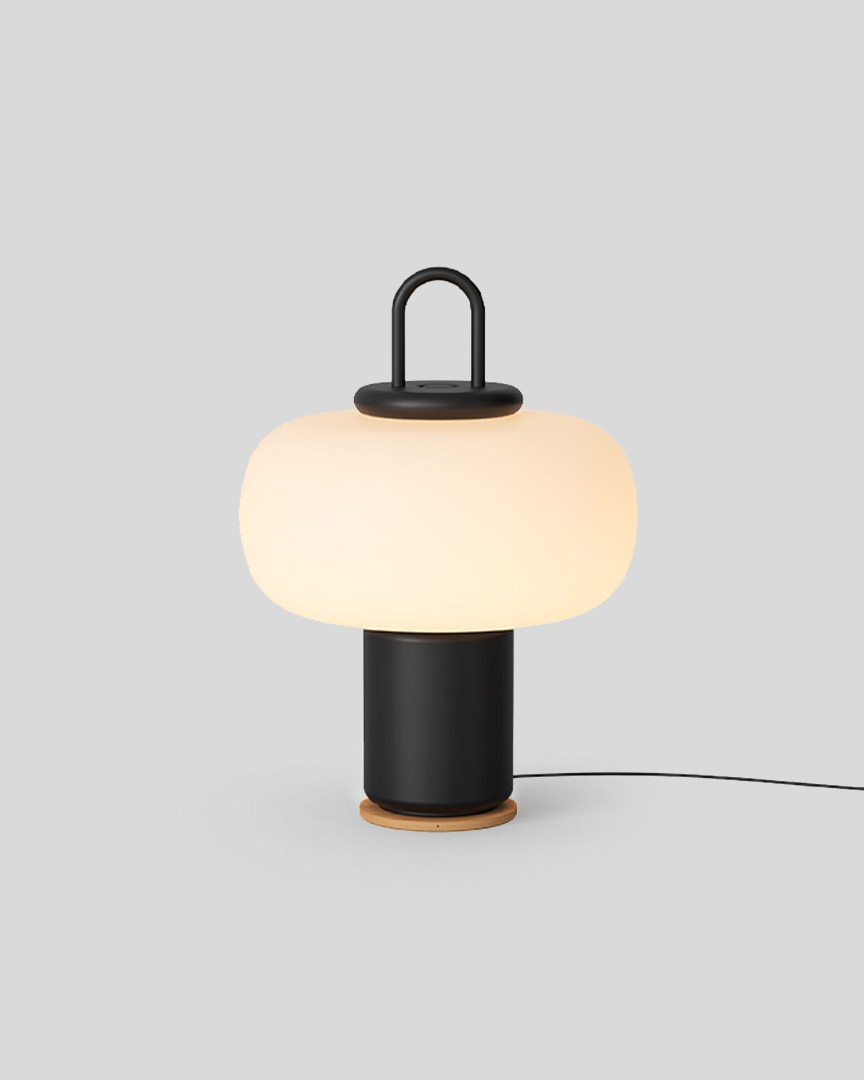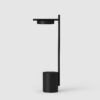The well-known formula “form follows function” has long been considered the unofficial mantra of the design world. It states that the design of an object or product is primarily determined by its function – aesthetics follow afterward. But today, we live in a world so flooded with products that I wonder if the meaning of aesthetics in the design process should be redefined.
In this day and age, it’s no longer about the mere function of a product. It’s just as important how a product feels, how it fits into a space – and especially: how it feels to interact with it. Design (and here I’m deliberately using the term synonymously for the word aesthetics) has established itself as an important differentiator in today’s plethora of products. So, does design without aesthetics even stand a chance these days? Has aesthetics become the new function in design?
The perception of aesthetics varies from person to person, we have already written about this in detail in the last essays. But I believe that there is a universal value hidden precisely in this subjectivity: Because aesthetics is so individual, it therefore holds a central place in our personal perception and interaction with objects.
This aspect is particularly evident in the first impression of a product. If this is positive for the user/consumer, there is an increased chance of deciding to buy a product.1 Similarly, aesthetically pleasing products are seen as more user-friendly and users are more tolerant of minor usability problems if they find a user interface visually appealing.2 Aesthetics thus help us to a large extent to decide in favor of this or that product – it connects us emotionally with it. Careful choice of shape, color, and material can transform an everyday object into something special – something we enjoy using, over time.


In a world flooded with products, aesthetics are more important than ever.
So at this point, it becomes clear: design without aesthetics may be possible, but it is not desirable. I believe that designs that don’t touch us emotionally, that we can’t identify with, and that don’t hold aesthetic value can’t last long in our modern world. In a world flooded with products, aesthetics are more important than ever.
But does this mean that aesthetics should play a superior role in the design process today? By no means. The function should never play a subordinate role. If a website or chair is incredibly aesthetic but impossible to use, the beautiful aesthetics are of no use at all.
So it’s about equally weighting both aspects in the design process. In a world where we are flooded with products and visual stimuli, aesthetics is no longer just a matter of taste – it has become an indispensable factor for the success of a product. It influences the start of our interaction with an object and our emotional relationship to it.
A very interesting topic – and I’m only scratching the surface here. That was my humble opinion on the subject. Now I’m interested in what you think about it. Feel free to share it in the comments below!
Further Reading / Interesting Additions
- Creusen, Schoormans 2005, S.64 via Anonym, 2014, Erfolgsfaktor Produktdesign. Einfluss der visuellen Wahrnehmung von Produktdesign auf das Konsumentenverhalten, München, GRIN Verlag, https://www.grin.com/document/284072
- https://www.nngroup.com/articles/aesthetic-usability-effect/
Norman, Don A. 2005. Emotional Design: Why We Love (or Hate) Everyday Things
About Exploring Aesthetics:
Sarah loves asking questions and exploring the things she engages with on a daily basis. Exploring aesthetics is her column which discusses art, design, and aesthetics to explore, inspire, and question the status quo.


